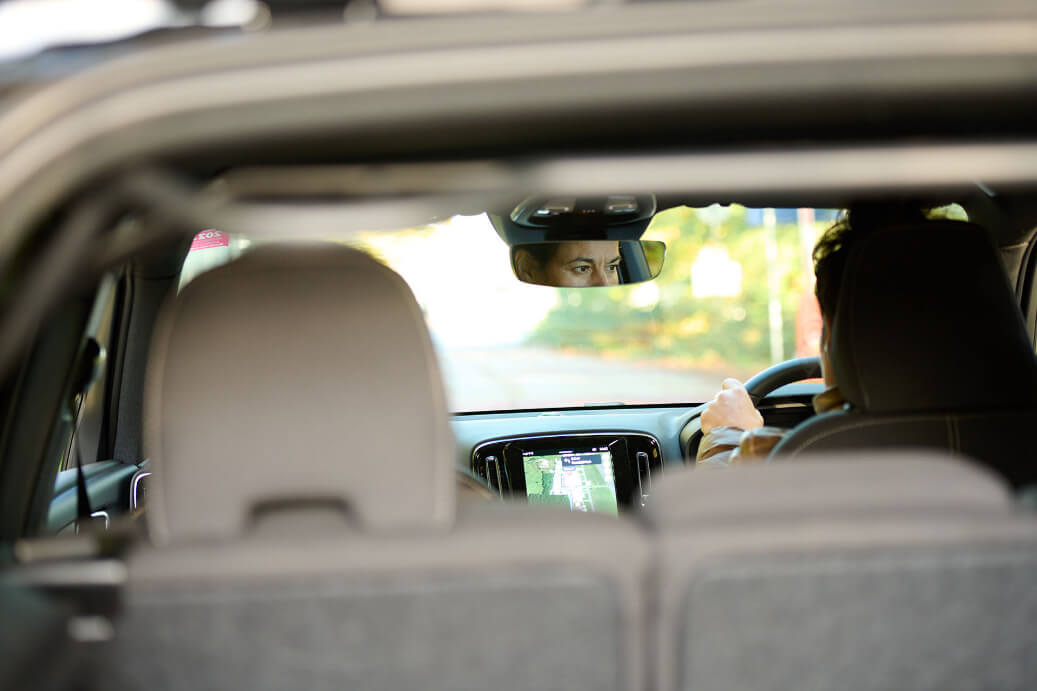A road safety organisation which educates speeding motorists has welcomed plans to introduce harsher penalties for “the few” irresponsible drivers who drive well above the speed limit
But TTC Group, which educates 330,000 road users each year to cut casualties, urges “deliberate” speeders to take their foot off the accelerator and reduce the risks to avoid both a collision and a hefty fine.
“Most people who attend our speed awareness courses would not have deliberately driven over the limit. It is usually an error of judgement and we help them to change their driving behaviour so they stay within the limits in the future,” a TTC spokesman said.
“Drivers who deliberately drive above the speed limit and flout the law put both themselves and other road users at risk. Driving at reckless speeds of, for example, more than 40mph in a 20mph limit or above 100mph on a motorway is potentially very dangerous.”
TTC Spokesman
At 41mph a vehicle moves 18 metres (60ft) every second considerably reducing a driver’s ‘thinking time’ as well as the ability to stop if a child crosses the road outside school or near the shops, the spokesman said.
At 101mph a vehicle travels 45 metres (147ft) in just 1 second – almost the length of an Olympic-sized swimming pool.
“These are long distances to travel when you may need to stop quickly to avoid a collision. It is totally irresponsible. Speed limits are there for a reason.”
The Sentencing Council is to increase penalties available to magistrates in England and Wales from April to 150 per cent of an offender’s income compared to 100 per cent now.
This is due to the increase in potential harm that can result with higher breaches of the speed limits.
TTC has issued its top 6 tips for effective speed management.
- Use your gears to stay in control: Selecting a lower gear will help you manage your speed in built-up areas, because engine braking will help to hold the vehicle back and prevent it running away from you. Try third gear for 30mph and for those challenging 20mph limits give second a try. Modern engines use fuel-injection systems controlled by computer, meaning you won’t necessarily use more fuel.
- Look out for street lights: If you can see a system of street lights and no other signs telling you differently, then the speed limit is generally 30mph. They can be lights on telegraph poles or strip lighting in tunnels and they don’t have to be switched on. If there are no street lights and no signs telling you differently, then it’s national speed limit. This rule applies to all road types, apart from motorways. If the speed limit is anything different, it must be posted because signs overrule street lights.
- Understand dual carriageways: A dual carriageway is nothing to do with the number of lanes. A dual carriageway is defined by the fact that it must have a physical separation between the 2 opposing carriageways. That can be grass, infill, concrete or metal barriers or just a raised kerb down the middle. You can have 1 or more lanes in either direction but the presence of 2 lanes alone does not constitute a dual carriageway. Americans use the term ‘divided highway’, and that’s a pretty accurate description of a dual carriageway here in the UK.
- Dual carriageway with lights: A dual carriageway with street lights is limited to 30mph. Unless there are signs telling you otherwise, the speed limit will be 30mph – remember the street light rule. If the limit was anything different, there would be signs to tell you this. Many drivers forget that the street light rule applies to dual carriageways too and are caught out because the road ‘looks faster’.
- If you’re towing, you should be slowing: If you are towing anything, whether it’s a small box trailer, a boat or a caravan, you will be subject to lower speed limits on a national speed limit section of road. For a single carriageway road, that’s a maximum of 50mph, and for a dual carriageway, that’s 60mph. It’s worth remembering that these lower limits also apply to the majority of larger vehicles – important to know if you need to hire one. If you are towing on a motorway, your maximum speed is set at 60mph.
- Give yourself time: One of the biggest causes of speeding is time pressure or running late. Allow yourself that ‘safety margin’ of extra time, so you don’t feel pressured into breaking the law and risking speeding fines, points or worse. Remember that a smooth, progressive drive within the speed limit uses up to 25% less fuel. And speed limits are just that – limits, not targets. There will be many occasions when the limit just isn’t appropriate and you’ll need to adjust your speed accordingly.

